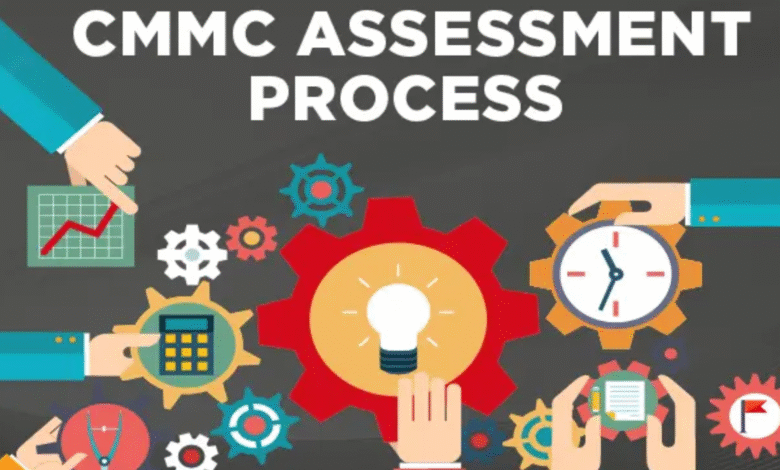What to Do When Your CMMC Assessment Scope Suddenly Expands

One moment the scope is clean and contained—then boom, a new system, asset, or contract clause pulls the rug out. That’s the reality for many defense contractors facing a CMMC assessment. Shifts happen fast, and the reaction time needs to be even faster to keep things on track.
Immediate Scope Recalibration to Maintain Compliance Trajectory
It’s easy to feel overwhelmed after an unexpected scope increase. But the first priority is simple: stabilize. That means identifying every new environment, system, or data flow now involved. CMMC compliance requirements don’t allow for delays once the scope shifts. Contractors must quickly adjust their boundaries to ensure compliance momentum continues without gaps.
An immediate internal review works best. The team should retrace the systems now in play, verifying what kind of data is processed and whether it falls under CMMC level 1 requirements or CMMC level 2 requirements. Mapping out this adjusted terrain avoids future stumbles and keeps the project on pace. A clear recalibration helps prevent compliance from turning into chaos.
Strategic Boundary Redefinition Following Scope Changes
Once the dust settles, it’s time to redraw the lines. A scope change often means an expanded system boundary—new software, remote locations, cloud tools, or supply chain links. Contractors must define exactly what is inside the scope and what isn’t. This boundary clarification feeds directly into the CMMC assessment itself and supports audit preparation.
Use these strategies to redefine scope boundaries with precision:
- Identify all touchpoints where CUI or FCI now enters or flows
- Re-map your security perimeter to account for new technologies or users
- Ensure documentation reflects these updated conditions before working with a c3pao
Without this clarity, gaps sneak in—something no contractor can afford during a CMMC level 2 assessment.
Rapid Asset Reclassification for Newly Identified CUI
The expanded scope likely means new systems now handle Controlled Unclassified Information (CUI). It’s vital to classify those assets fast and accurately. This includes endpoints, servers, cloud platforms, or even third-party software that previously sat outside the original boundary.
CMMC compliance requirements expect these assets to be documented and secured with the same rigor as any already within scope. This isn’t just paperwork—reclassification affects control implementation, incident response readiness, and data retention rules. A smart approach is to label these assets clearly, group them by criticality, and assign control responsibilities to the right teams. That way, nothing gets missed under pressure.
Cross-Functional Stakeholder Alignment to Absorb Expanded Requirements
Communication across departments makes or breaks the success of a CMMC compliance journey. A wider scope brings new stakeholders into the fold—IT, legal, procurement, operations—and they all need to understand how the expansion affects them. It’s not just a security team issue anymore.
Teams must hold brief, targeted working sessions to align expectations and responsibilities. Each group brings unique insight into affected systems and potential compliance risks. Establishing a shared understanding ensures that expanded CMMC assessment demands don’t get lost in translation. The faster teams get on the same page, the smoother the path forward becomes.
Reassessing Security Controls Against Increased Scope Demands
An expanded environment may expose old gaps or inconsistencies. Every new system or tool must meet the security expectations set by the current CMMC level 1 requirements or level 2 requirements. That means reviewing all existing controls to see if they scale or need reinforcement.
Firewall policies, access controls, encryption standards—all must be re-verified across the updated landscape. This isn’t the time for assumptions. If a system wasn’t part of the original plan, it likely hasn’t been hardened to CMMC standards. Take a close look at inherited controls as well—shared environments may mask vulnerabilities if not reviewed after a scope increase.
Accelerated Evidence Collection for Expanded System Inventory
CMMC assessments rely heavily on documented proof. With new systems now in play, the list of required artifacts grows. Logs, access records, configuration baselines, and updated policies all need to reflect the larger scope. Delaying this documentation puts the team at risk of scrambling during the official review.
Accelerating evidence gathering means prioritizing new additions. Which controls need screenshots? What audit logs are required? Are access approvals and user roles clearly documented? Creating a checklist tailored to the expanded inventory helps streamline this effort:
- Start with high-impact systems tied to CUI
- Check each for policy alignment and security configurations
- Capture before-and-after records for transparency with the c3pao
Collaborating Effectively with C3PAOs Amid Scope Adjustments
C3PAOs aren’t just checking a box—they’re verifying the implementation and maturity of every control. If the scope has grown, they need to know immediately. Early communication prevents confusion during the assessment and avoids misalignment on what systems are being reviewed.
A contractor benefits most by sharing updated system inventories, network diagrams, and asset classifications in advance. That way, the c3pao has context when reviewing technical evidence. It’s also helpful to explain what triggered the scope change and how the organization responded. CMMC assessments move smoother when assessors see a proactive, transparent response to shifting requirements.



